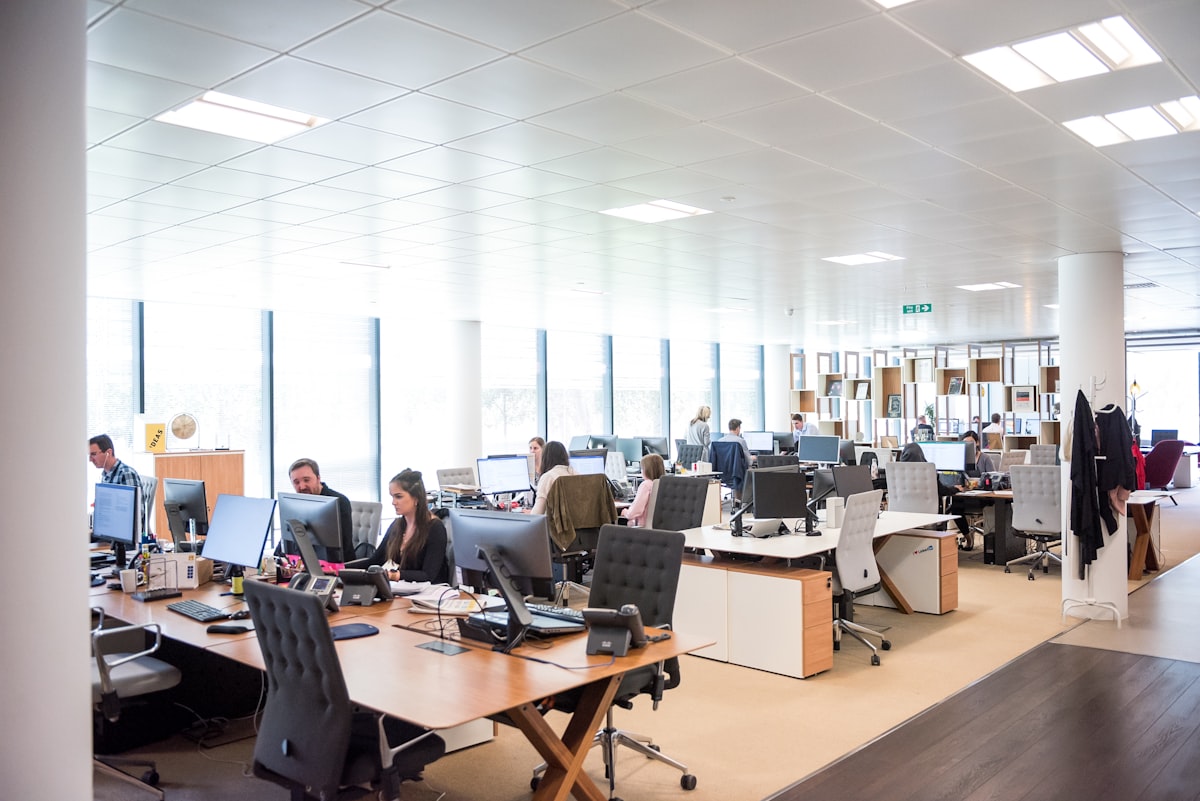10 Reasons to Use BIM in Your Next Architecture Project
Building Information Modeling (BIM) is a valuable tool for architects and contractors. Discover the top 10 benefits of using BIM, including enhanced visualization, increased accuracy, and improved cost estimation.

Building Information Modeling (BIM) is a digital representation of the physical and functional characteristics of a building or construction project. It allows architects, engineers, and construction professionals to collaborate more effectively and make informed decisions throughout the design and construction process.
Some of the benefits of BIM include improved coordination and collaboration among team members, increased productivity and efficiency, better visualization and simulation, and reduced errors and rework. BIM also enables more accurate cost estimation and schedule planning, as well as improved facility management and maintenance.
10 Main benefits of using BIM for Architecture design
- Improved coordination and collaboration: Building Information Modeling (BIM) allows different team members to work on the same model, ensuring that everyone is working with the most up-to-date information and reducing the risk of errors and omissions.
- Enhanced visualization: BIM allows for better visualization of the design through 3D modeling, which can help stakeholders better understand the project and make informed decisions.
- Increased accuracy: BIM allows for more precise measurement and detailing, reducing the risk of errors and rework.
- Improved cost estimation: BIM can help architects and contractors more accurately estimate the cost of materials and labor, leading to better budgeting and cost control.
- Enhanced sustainability: BIM can help architects and contractors analyze the energy efficiency and environmental impact of a building, allowing for more sustainable design.
- Increased productivity: BIM can streamline the design process and reduce the need for manual tasks, resulting in increased productivity.
- Better communication: BIM allows for better communication between team members and stakeholders, facilitating a smoother design process.
- Enhanced construction management: BIM can help contractors better plan and coordinate construction, leading to faster and more efficient construction.
- Improved facility management: BIM can help building owners and facility managers better understand and maintain their buildings, leading to reduced maintenance costs and improved performance.
- Enhanced stakeholder engagement: BIM allows for better communication with stakeholders, including clients, contractors, and end users, leading to increased satisfaction and a smoother project process.




